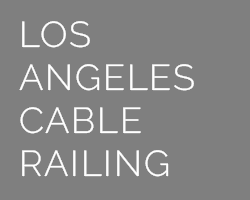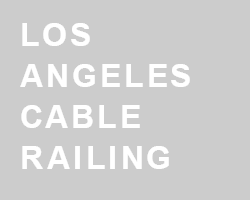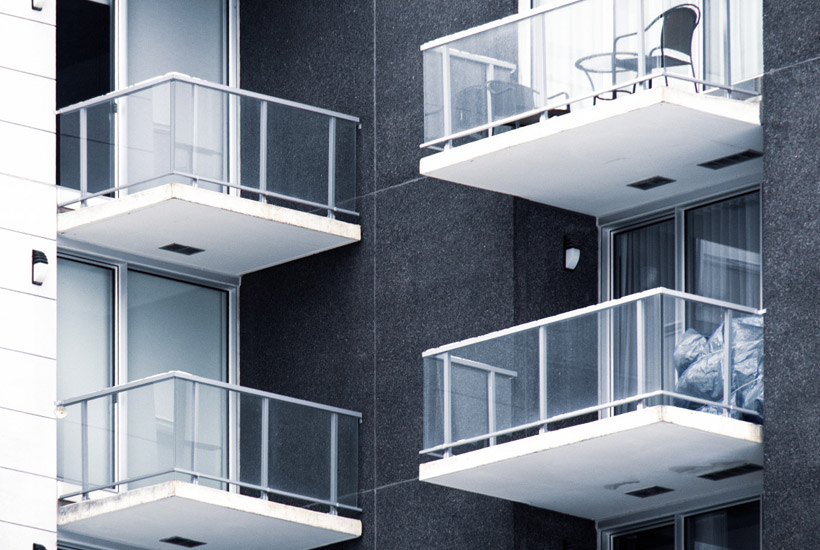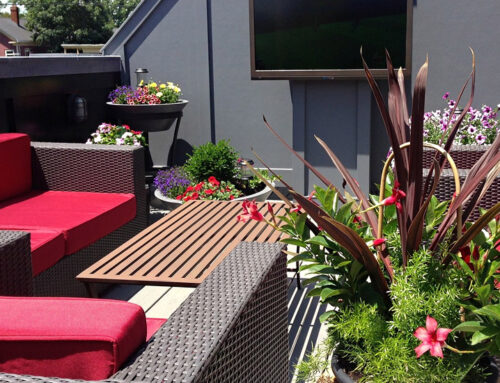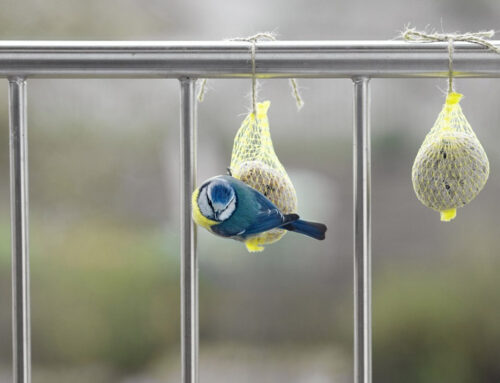While they shouldn’t collapse, unfortunately, concrete balconies can collapse. And they have. The concrete balcony (and sometimes some of the structures attached to it) collapse on a building in the United States at least once per year and, of course, more often in areas with less stringent building codes. Why do these collapses happen, and will they happen to your balcony? Those who own condos, rent apartments or manage buildings with concrete balconies all need to know. Here are some answers.
Why Concrete Balconies Collapse
There are three main reasons that concrete balconies collapse:
- Failure of the cantilevered slab: A cantilevered slab is a slab of concrete reinforced by steel on the inside, which is supported by only one end. Failure of the slab can occur for many reasons, including poor design, age and damage such as from a tree impact or a serious storm. A concrete slab can also look much stronger than it actually is, depending on whether or not the proper additives to make concrete stronger were added. This is usually in concert with poor design, but not always. Large crowds, heavy machinery, and other sources of weight may damage the railing or even cause collapse, either over time or all at once.
- Deterioration of the cantilevered surface: Chunks of concrete falling off the balcony is the kind of deterioration we’re talking about here. When deterioration is serious enough, it can compromise the structural integrity of the balcony. Deterioration can be caused by lack of maintenance to the concrete, exposure to forces that slowly wear on it, or more direct impact or damage.
- Failure of the railing: Failure of the railing can damage the balcony to the point of collapse. The method by which the railing is secured to the slab is especially important in preventing this. Improper stress from the railing at the edge of the balcony could
Signs of Balcony Issues
What are the signs that your balcony may be at risk of collapse?
- Older buildings: Concrete might seem like a permanent building material, but it does experience some wear. The older the building, the more likely your concrete needs repair.
- Missing concrete: If you notice that there is missing concrete, cracks, gaps, changing texture, or any other things the concrete is worn, this could be a sign your balcony needs attention.
- Warped, sagging, bent railings: Railings where any part has become warped, started to sag, or bed horizontally or vertically then the railing has become a safety concern. It may not end up contributing to a collapse, but it is still possible for it to break or fail to prevent a fall.
- Rusting: Metal elements of the railing or the balcony should not rust. If you see rust, the metal may need to be replaced.
If you’re concerned about your balcony’s condition or your liability for its condition, it is wise to get a professional to inspect it and the railing system.
Choose Cable Railing Systems
In order to prevent the collapse of a concrete balcony, you should choose your railing and your railing contractor carefully. We can help ensure you get a quality railing.
